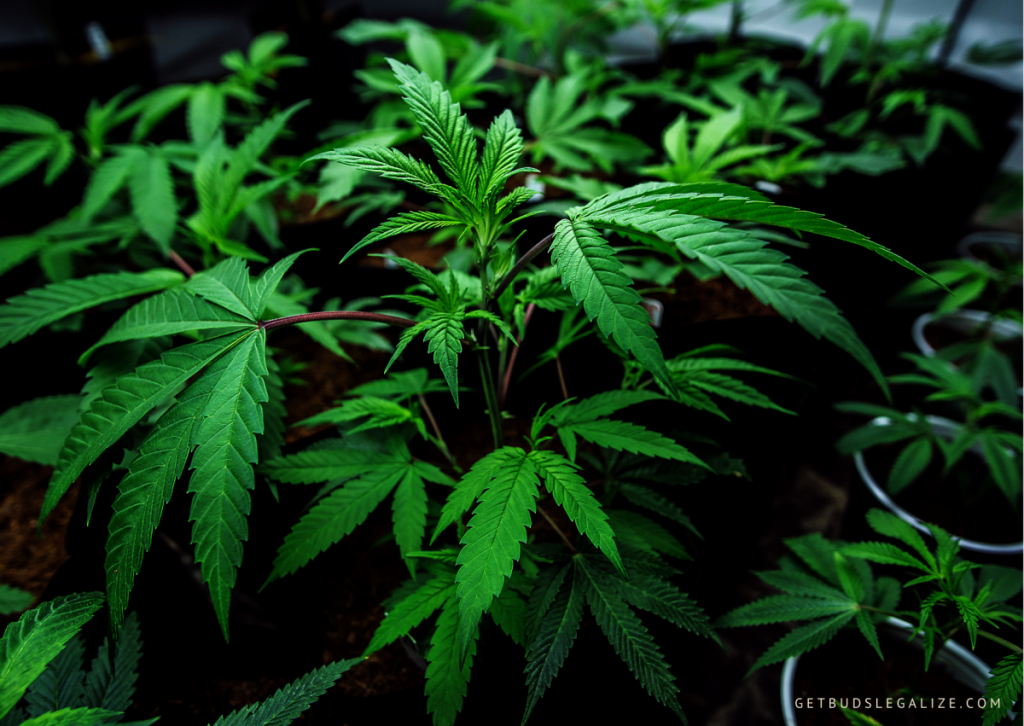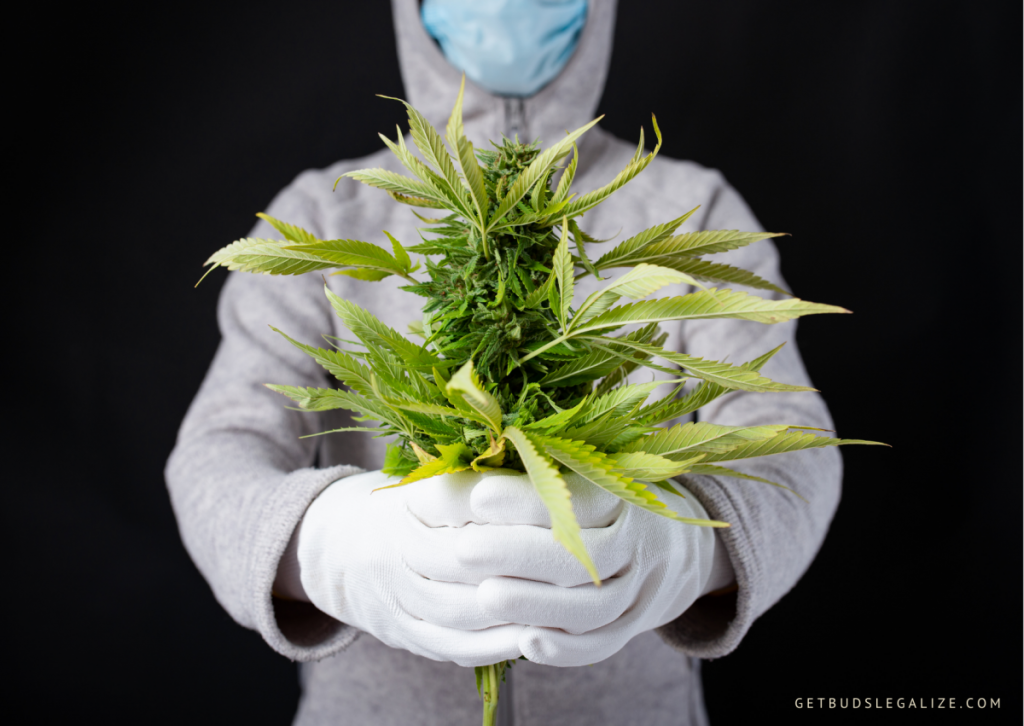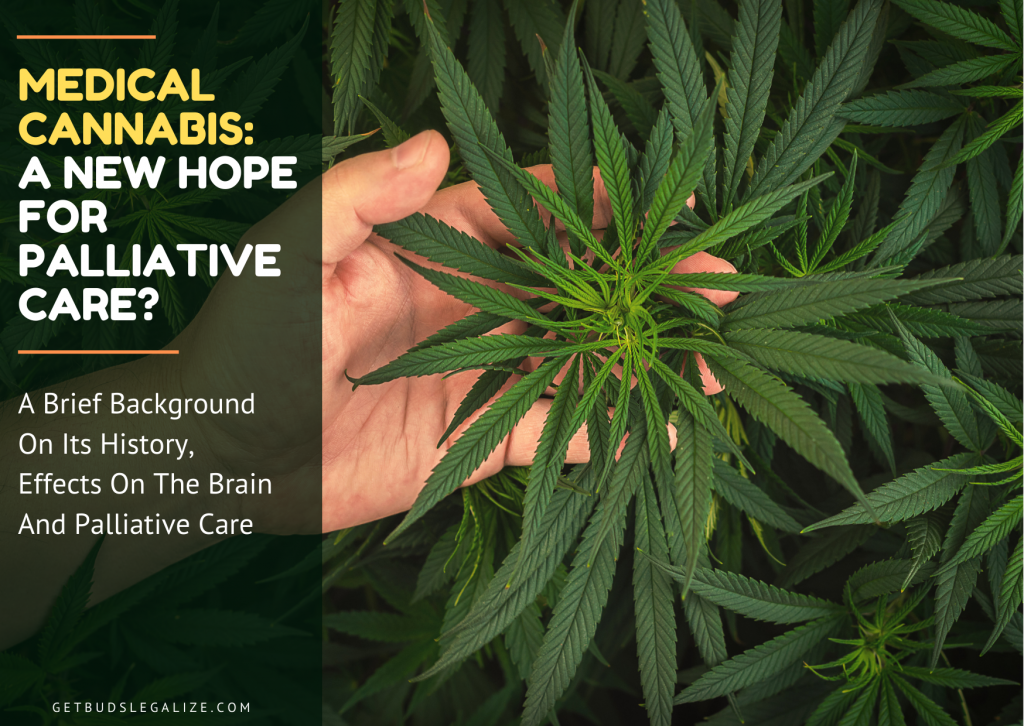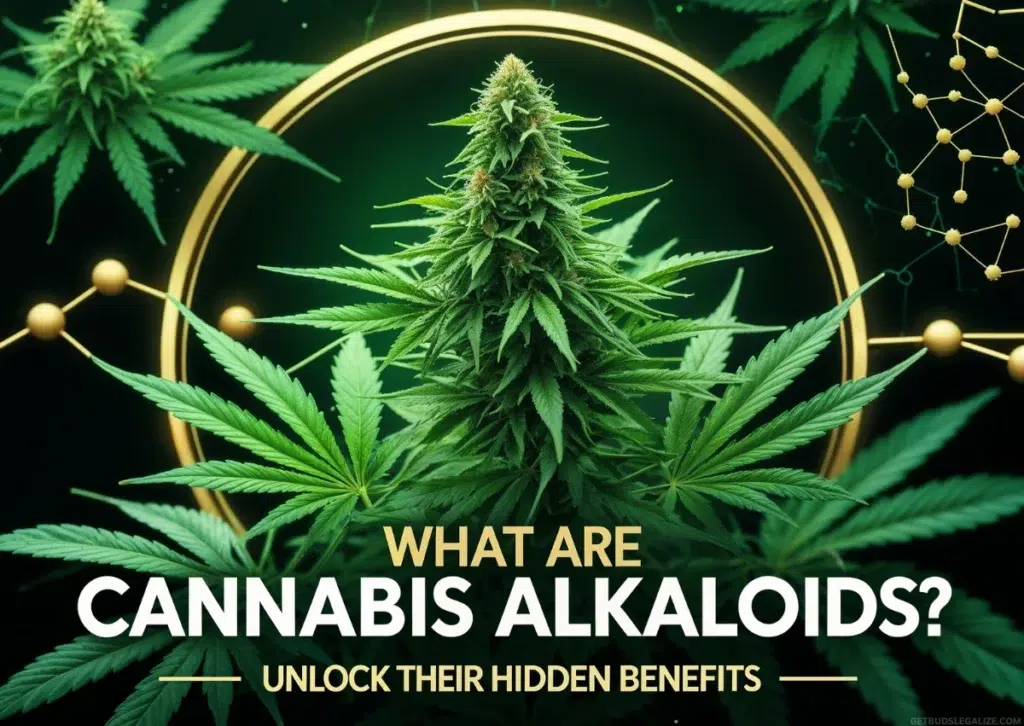Medical Marijuanas Program Explained: Background, History, and Effects
Medical marijuanas is a medication that in recent years has gained a great deal of national attention. Conflictions regarding the use, safe delivery, processing, and dispensing of marijuana; adverse health effects and deaths due to marijuana poisoning; and medical findings based on insufficient scientific research are among the challenges of the procedure.
The US now understands marijuana. The 1970 Comprehensive Drug Abuse Prevention and Control Act of the Drug Enforcement Agency (DEA) is characterized as an Annex I controlled substance with a high potential for drug use.
In 2014, approximately 22.2 million Americans 12 years of age or older reported current cannabis use, with 8.4% of this population reporting use within the previous month. Further, a recent Quinnipiac University poll concluded 54% of American voters surveyed would favor the legalization of cannabis without additional constraints, while 81% of respondents favored the legalization of cannabis for medicinal purposes.
In the United States, cannabis is approved for medicinal use in 28 states, the District of Columbia, Guam, and Puerto Rico as of January 2017.
The purpose of this article is to review the historical significance of the use of medicinal cannabis and to discuss its pharmacology, pharmacokinetics, and select evidence on medicinal uses, as well as to describe the implications of evolving medicinal cannabis regulations and their effects on the acute care hospital setting.
A Brief History of Cannabis Legalization
Cannabis is a plant-based, or botanical, product with origins tracing back to the ancient world. Federal restriction of cannabis use and cannabis sale first occurred in 1937 with the passage of the Marihuana Tax Act. Subsequent to the act of 1937, cannabis was dropped from the United States Pharmacopoeia in 1942, with legal penalties for possession increasing in 1951 and 1956. In addition, with the enactment of the Boggs and Narcotic Control Acts, respectively, and prohibition under federal law occurring with the Controlled Substances Act of 1970.
Beyond criminalization, these legislative actions contributed to creating limitations on research by restricting the procurement of cannabis for academic purposes.
As previously stated, as of January 1, 2017, 28 states as well as Washington, D.C., Guam, and Puerto Rico will have enacted legislation governing medicinal cannabis sale and distribution; 21 states and the District of Columbia will have decriminalized marijuana and eliminated prohibition for possession of small amounts. While 8 states, including Alaska, California, Colorado, Maine, Massachusetts, Nevada, Oregon, and Washington, as well as the District of Columbia, will have legalized the use of marijuana for adult recreation.
The Dialectic Process Of Medical Cannabis

As a Schedule, I controlled substances with no accepted medicinal use, high abuse potential, concerns for dependence, and lack of accepted safety for use under medical supervision. Along with a national stigma surrounding the potential harms and implications of cannabis use as a gateway drug to other substances.
Transitioning from a vilified substance to one with therapeutic merits has been controversial. The emergence of interest in botanical medicinal cannabis is thought by many to be a collateral effect of the opioid abuse epidemic. Thus, public perception surrounding the use of medicinal cannabis suggests that this plant-based therapy is viewed as not much different than a botanical drug product or supplement used for health or relief of symptoms if the disease persists.
Medical Cannabis Pros And Cons
Proponents argue that there is evidence to support botanical medicinal cannabis in the treatment of a variety of conditions. Particularly when symptoms are refractory to other therapies.
Those beneficial cannabinoids exist, as evidenced by single-entity agents derived from cannabis containing the compounds THC and cannabidiol. Cannabis is relatively safe, with few deaths reported from use; that therapy is self-titratable by the patient. And that therapy is relatively inexpensive compared with pharmaceutical agents.
Opponents of medicinal cannabis use argue, in part, that well-designed randomized trials to confirm benefits and harms are lacking. It has not been subject to the rigors of the FDA approval process. That standardization in potency or quantity of pharmacologically active constituents is absent.
In addition, adverse health effects relate not only to smoking cannabis but to unmasking mental health disorders, impairing coordination, and affecting judgment. Also, standardization does not exist for product packaging and controls to prevent inadvertent use by minors or pets. And lastly, that there is a potential for dependence, addiction, and abuse; and that costs pose a potential burden.
The Endocannabinoid System (ECS): What It Is and What Role Does It Play in?
Endocannabinoids and their receptors are found throughout the human body: the nervous system, internal organs, connective tissues, glands, and immune cells. The ECB system has a homeostatic role, having been characterized as «eat, sleep, relax, forget, and protect. It is known that PCBs have a role in the pathology of many disorders while also serving a protective function in certain medical conditions.
It has been proposed that migraine, fibromyalgia, irritable bowel syndrome, and related conditions represent clinical eCB deficiency syndromes. CB2 is principally associated with cells governing immune function, although it may also be expressed in the central nervous system.
A Well Defined Background About The ECS

The most well-known eCB ligands are N-arachidonic-ethanolamide and sn-2-arachidonoyl-glycerol. AEA and 2-AG are released upon demand from cell membrane phospholipid precursors. This “classic” eCB system has expanded with the discovery of secondary receptors, ligands, and ligand metabolic enzymes.
THC is known to be the major psychoactive component of cannabis mediated by activation of the CB1 receptors in the central nervous system. However, this very mechanism limits its use due to untoward adverse effects. It is now accepted that other phytocannabinoids with weak or no psychoactivity have promise as therapeutic agents in humans.
The cannabinoid that has sparked the most interest as a nonpsychoactive component is CBD. Unlike THC, CBD elicits its pharmacological effects without exerting any significant intrinsic activity on CB1 and CB2 receptors.
Different Ways To Consume Cannabis
Inhalation through smoking, inhalation by vaporization, and the ingestion of food products are the three most common methods of administration. The procedure may affect psychoactive effects, their initiation, severity, and duration; their impact on organ systems. And the addiction potential and negative impacts that can result from their use.
Low levels of analytics, rapid and extensive metabolism, and physicochemical properties prevent the separation of the interesting compounds from and from biological matrices. The net effect is a lower rehabilitation of medicines by adsorption of interesting compounds on multiple surfaces.
Moreover, THC — is moved rapidly during smoking from the lungs to the blood. THC was found in plasma shortly after the initial inhalation of marijuana smoke in a randomized controlled trial by Huestis and colleagues. Suggesting that THC is absorbed efficiently from the lungs.
Though smoking is the most common route of cannabis management, the use of vaporization is rising fast. When THC rates are growing rapidly and peaking before smoking ends. Vaporization provides smoking-like effects while reducing combustion byproduct exposure and potential carcinogenic agents and reducing adverse respiratory syndromes.
Drug Interactions And Drawbacks

Metabolic and pharmacodynamic interactions may exist between medical cannabis and other pharmaceuticals.
Most of the adverse effects of medicinal cannabis have been identified in research by marijuana recreation users. Cannabis use also has been associated with vascular disorders, including infarction with the myocardium, stroke, and transient ischemic attack.
Data linked to diminished memory in these individuals have been provided by the use of cannabis for symptoms of neurodegenerative disorders like Parkinson, Alzheimer’s, and MS. A total of 31 studies were included, including 23 randomized, controlled and eight observer studies, evaluating the use of medicinal cannabis.
There are substantial disparities between medical cannabis patients and monitors in the incidence of serious adverse effects.
Medical Conditions For Which Cannabis May Be Helpful
Cannabis and cannabinoid derivatives are generally used to relieve or treat symptoms of diseases. But their effectiveness is not well known for particular indications. The sedative influence is uncertain with chronic pain. Previously, the potency and protection of medications dependent on cannabis have been assessed in the treatment of nausea and vomiting by cancer treatment. Patients consuming marijuana-based drugs reported less nausea and vomiting in the study of 23 controlled trials than participants received with a placebo.
The percentage of people who received cannabis-based products with nausea and vomiting is comparable to those who received traditional antiemetics. Medical cannabinoids in older patients display no significant nausea and vomiting in dyskinesia, breathlessness, and chemotherapy. There has been some evidence that THC may be helpful in treating anorexia and behavioral symptoms in dementia patients.
Administrative Interference Of The Medical Marijuanas Laws
The regulation of cannabis therapy is complex and unique. The possession, cultivation, and distribution of this substance, regardless of purpose, remain illegal at the federal level. While states that permit medicinal cannabis use have established individual laws and restrictions on the sale of cannabis for medical purposes.
There are, however, other regulatory implications to consider based on the federal restriction of cannabis. As previously described, the Schedule I listing of cannabis according to federal law and DEA regulations has led to difficulties in access for research purposes. Nonpractitioner researchers can register with the DEA more easily to study substances in Schedules II–V compared with Schedule I substances.
Beyond issues related to the procurement of the substance for research purposes, other limitations in cannabis research also exist. For example, the Center for Medicinal Cannabis Research at the University of California–San Diego had access to funding. The marijuana at different THC levels, and approval for several clinical research trials. And yet failed to recruit an adequate number of patients to conduct five major trials, which were subsequently canceled.
Unforeseen factors, including the prohibition of driving during the clinical trials, deterred patients from trial enrollment.
Importance To Medical Institutions And Practitioners

Although the public has largely accepted medicinal cannabis therapy as having a benefit when used under a provider’s supervision, the implications of the use of this substance when patients transition into the acute care setting are additionally complex and multifaceted. States adopting medical cannabis laws may advise patients to utilize the therapy only in their own residence and not to transport the substances unless absolutely necessary.
Further, many acute care institutions have policies prohibiting smoking on facility grounds, thus restricting the smoking of cannabis, regardless of purpose or indication. The therapy cannot be prescribed, and states may require physicians authorizing patients to use to be registered with local programs.
In a transition into the acute care setting from the community setting, a different clinician who is not registered could be responsible for the patient’s care; that clinician would be restricted in ordering continuation of therapy.
Consequently, as the medicinal cannabis environment progresses, the complexities, practical challenges, and viability of patient access to this medication require consideration in hospitals. In addition to intensive care facilities, clinics, hospices, and long-term care institutions.
Medical marijuana has been used to treat many conditions. These include:
- Pain
- Nausea and vomiting
- Appetite loss
- Glaucoma
- Seizures, including those characteristic of epilepsy
- Multiple sclerosis (MS) and muscle spasms, including those characteristic of multiple sclerosis and spinal cord injury
- Crohn’s disease and ulcerative colitis (conditions that cause inflammation of the digestive tract)
- HIV/AIDS dementia complex (HADC) (a mood disorder associated with AIDS)
- Cachexia in patients with HIV/AIDS (wasting syndrome caused by muscle loss and severe weight loss)
Marijuana, also known as cannabis, is a product of the Cannabis sativa plant. Many people use marijuana to get high, but it has medicinal value as well. Medical cannabis can be smoked or ingested in drinks or food.
Marijuana is used to treat symptoms of cancer, AIDS and other conditions. It may also treat pain and nausea in patients who have not responded to other medicines. The Food and Drug Administration (FDA) has approved two drugs containing marijuana for use by people with AIDS or who are undergoing chemotherapy for cancer treatment.
Medical marijuana differs from CBD because it contains THC, the chemical component in cannabis, that has psychoactive effects.
CBD is a non-psychoactive compound found in both hemp and marijuana plants. It’s been used for hundreds of years to treat a variety of ailments.
In recent years, CBD has become more widely available as an oil or tincture that can be taken orally and mixed with other foods or drinks. The U.S. Food and Drug Administration (FDA) does not regulate the use of CBD as a supplement, so it’s important to check with your doctor before using it.
Some people use CBD to relieve pain, depression and anxiety; others say it helps them sleep better or feel more relaxed when they’re stressed out.
The common side effects of medical marijuana include:
- Dizziness
- Dry mouth
- Feeling “high,” or euphoria, or laughing uncontrollably (these effects may be temporary)
- Tiredness
- Drowsiness
- Difficulty concentrating
- Decreased short-term memory
- Decreased motor coordination and balance (ataxia)
- Increased heart rate (tachycardia)
- Increased blood pressure (hypertension)
Medical marijuana and medical cannabis are the same things. The term “medical cannabis” refers to any part of the marijuana plant that is used as a medicine. The most common forms are dried leaves and buds (smoked or vaporized), tinctures (liquid extractions), and topical ointments. In some states where medical marijuana is legal, products such as oils, pills, edibles, and topical creams are available for sale.
Marijuana contains over 100 active chemicals, called cannabinoids. These chemicals affect parts of the body known as cannabinoid receptors — which regulate functions such as appetite, memory, pain, and mood. Some cannabinoids in marijuana are like those produced naturally by the body; others are not found anywhere else.
The short answer is yes, you can travel with medical marijuana. The long answer is it depends on several factors.
Like many other states, California has a reciprocity law that allows out-of-state patients to bring their medicine into the state. While traveling to or through California, you may possess up to one ounce of dried cannabis flower, 8 grams of concentrate, 48 ounces of infused liquids (or up to 72 ounces if you’re visiting from Washington state), and/or 12 live plants.
However, it’s important to note that this is only for people who are traveling through the state and are not residents of California. In fact, even if you’re a resident but aren’t physically in the state at the time of boarding a plane or entering another country, then you are still subject to prosecution under federal law and could be arrested if found with any amount of cannabis while traveling abroad.
Getting a medical marijuana card can be hard. It takes time, effort and research. Medical marijuana is now legal in many states. Using the drug for medicinal purposes has been shown to be effective in treating some conditions such as chronic pain, nausea and lack of appetite caused by chemotherapy, and multiple sclerosis, among others.
In order to get a medical marijuana card, you will need to visit your doctor and tell him about your condition. Your doctor will then evaluate your condition and determine if it qualifies as one that can be treated with medical cannabis. You should also go through all the paperwork required by the state where you live or where you are going to apply for your card.
Some states require that you have undergone a physical examination before applying for a medical marijuana card, but most do not. They only require you to fill out an application form which contains information about yourself and your condition, provide proof that you live in the state, and pay certain fees depending on the type of card being requested (i.e., recreational or medical).
You also need to get a valid government issued identification card before applying for your MMJ recommendation letter because it will be used as proof of residency during the application process
One way is to search on your phone or computer and see what comes up in your area. The easiest way to do this is to use the internet and search for “medical marijuana dispensaries near me” or something similar. Try different phrases that include your city name, such as “Denver dispensaries” or “Colorado dispensaries”, as well as phrases that do not include any specific location information.
The next step would be to call up some of these locations and ask about their services and prices. Many of them will have websites as well, where you can read about their products and services before making an appointment with one of their representatives over the phone. You should also check out their Facebook page and see if they have any reviews from people who have visited them before; this can be very helpful when deciding which dispensary is right for you!










